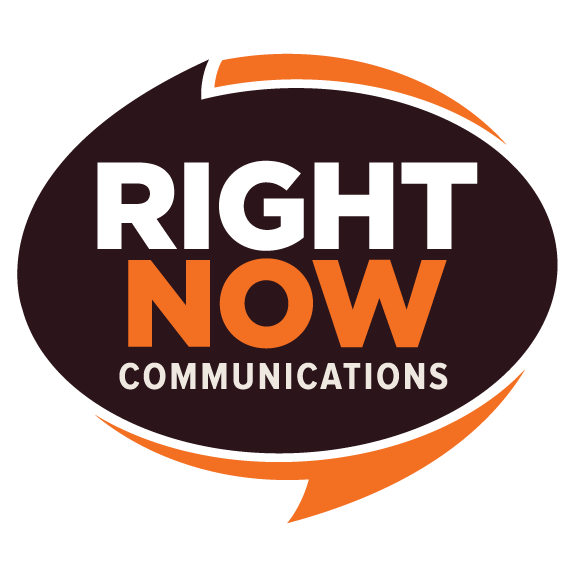Strategy
Know Your Audience: Understand who you're writing for. Tailor your content to their interests and needs.
Set Clear Goals: Whether it's to inform, entertain, or persuade, have a clear purpose for your post.
Plan Ahead: Outline your post before you start writing. This helps in organizing your thoughts and ensuring a logical flow.
Content
Be Authentic: Write in your own voice. Readers connect more with genuine content.
Provide Value: Offer solutions, insights, or new perspectives. Make sure your readers take away something valuable.
Keep It Engaging: Use anecdotes, stories, and examples to illustrate your points.
Graphics
Use High-Quality Images: Clear, relevant images can make your post more engaging.
Optimize Images: Ensure images are not too large in file size. Use tools like TinyPNG to compress without losing quality.
Relevant Graphics: Use graphics that complement and enhance your content.
Video
Keep It Short: Videos should be concise and to the point.
Ensure Good Quality: Use good lighting and clear audio.
Embed Responsively: Make sure your video looks good on all devices.
User Experience
Mobile-Friendly: Ensure your blog is responsive and looks good on mobile devices.
Easy Navigation: Make it easy for readers to find other relevant content on your site.
Fast Loading Times: Optimize images and use caching to speed up your site.
Structured Data
Use Schema Markup: This helps search engines understand your content better. There are easy-to-use plugins for this if you're using platforms like WordPress.
Highlight Key Information: Use markup to highlight important details like dates, authors, and reviews.
Call to Action (CTA)
Be Clear: Let readers know exactly what you want them to do next.
Make It Stand Out: Use contrasting colors and bold text.
Keep It Relevant: Your CTA should be related to the content of your post.
SEO (Search Engine Optimization)
Use Relevant Keywords: Think about what terms your readers might use to find your post and include them naturally.
Optimize Meta Descriptions: This is the short blurb that appears in search results. Make it catchy!
Internal Linking: Link to other relevant posts on your site. This keeps readers engaged and helps with SEO.
Backlink Building: Backlinks are a major ranking factor. Reach out to other websites and offer valuable content in exchange for a link back to your site.
Optimize for Voice Search: With the rise of voice assistants, ensure your content is optimized for voice search by using natural language and answering common questions.
Use Long-Tail Keywords: These are longer, more specific keyword phrases that visitors are more likely to use when they're closer to making a purchase.
Update Old Content: Regularly update your old content to keep it fresh and relevant, which can give it a boost in search rankings.
Focus on User Experience: Google considers user experience as a ranking factor. Ensure your site is user-friendly, with a clear layout, easy navigation, and fast loading times.
How To Pick Topics
Understand Your Audience: Dive deep into your audience's interests, challenges, and questions. Use tools like Google Trends or AnswerThePublic to see what people are searching for.
Check Competitors: See what topics your competitors are covering and identify gaps in their content.
Use Feedback: Listen to comments, emails, and feedback from your readers. They often provide valuable insights into topics they'd like to read about.
Using AI to Write
Content Ideas: Use AI tools to generate content ideas based on keywords or topics.
Grammar and Style: AI-powered tools like Grammarly can help improve the grammar and style of your writing.
Content Enhancement: AI can suggest ways to enhance your content, making it more engaging and relevant.
Guest Blogging
Build Relationships: Guest blogging is a great way to build relationships with other bloggers in your industry.
Expand Your Reach: By writing for other blogs, you can tap into their audience and drive traffic back to your site.
Establish Authority: Writing insightful, valuable content on other platforms can help establish you as an authority in your field.
3rd Party Distribution
Distributing your content on third-party platforms can expand your reach and introduce your content to new audiences. However, like any strategy, there are pros and cons.
Pros:
Increased Exposure: Platforms with a large user base can introduce your content to a wider audience.
Authority Building: Being featured on reputable platforms can boost your credibility.
Networking Opportunities: Collaborating with third-party platforms can lead to networking opportunities with other content creators and industry leaders.
Cons:
Less Control: You may have limited control over how your content is presented or monetized.
Shared Traffic: Instead of driving traffic directly to your site, readers might stay on the third-party platform.
Potential for Duplicate Content: If not managed correctly, distributing content on multiple platforms can lead to SEO issues related to duplicate content.
Note: For more detailed information, refer to Google's Best Practices.
Happy blogging!
You can also download our blogging guide in pdf format


